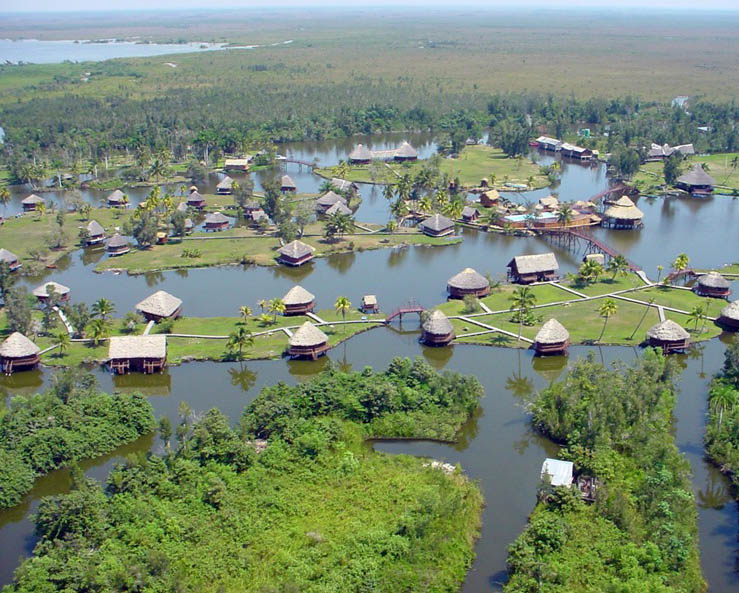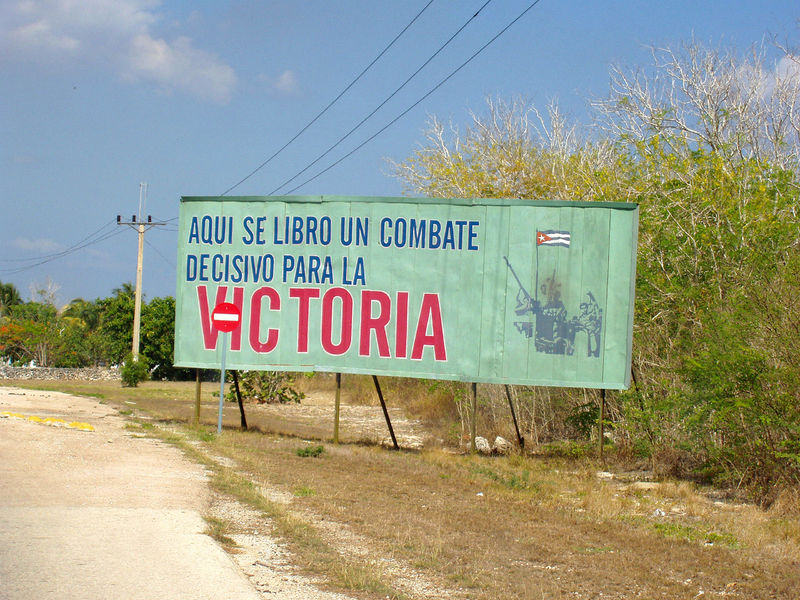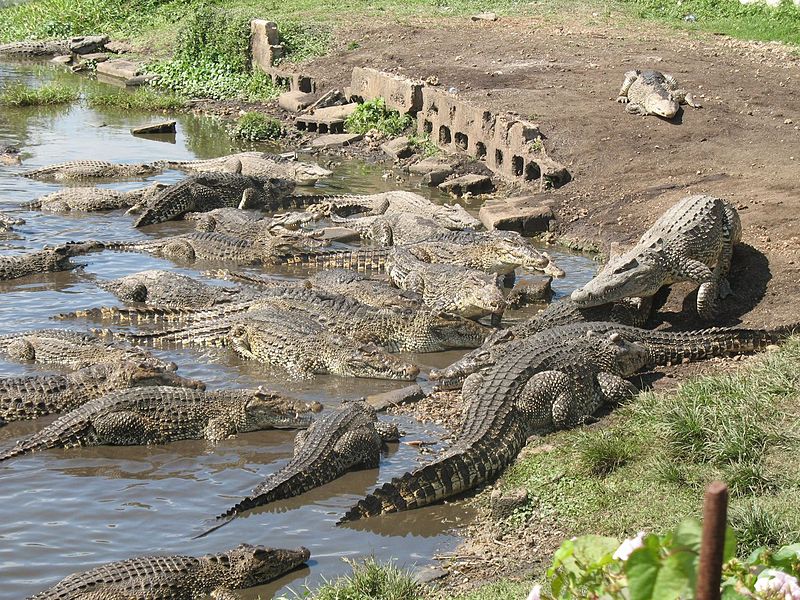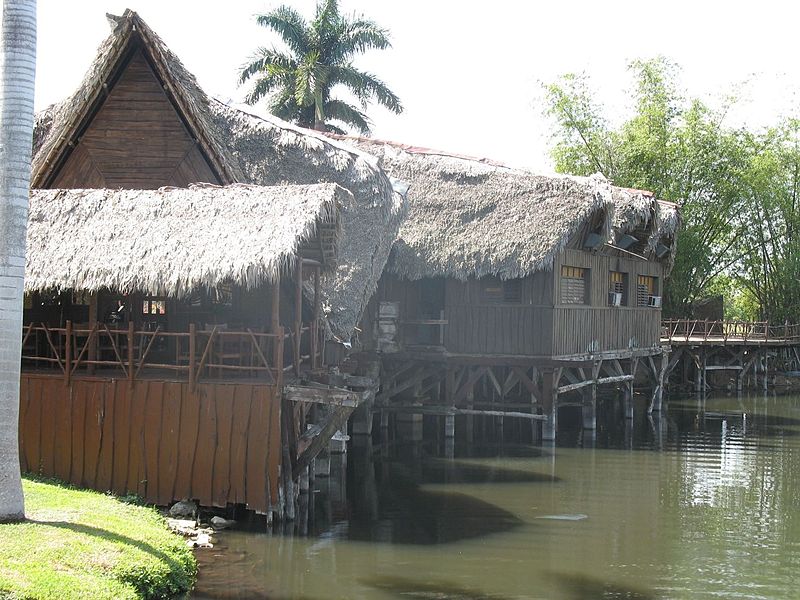Zapata's swamp
In Cuba, on the Zapata peninsula, there is an amazing nature reserve of the same name with an area of 4,354 km2, divided into several protected areas.

The Zapata Swamp is part of the vast Zapata Biosphere Reserve, which covers an area of 6,000 km2. It is the largest swampy area in the Caribbean. The marshes are dominated by flat terrain with peat and limestone deposits. The proximity of groundwater has created such beautiful places as Laguna del Tesoro, the bays of Playa Giron and Playa Larga, and the landscapes of the Atiguanico River are no less interesting.
Vegetation in the Zapata swamps is of great interest to scientists, because over 1,000 plant species grow here, of which 130 are found only in Cuba. Over 2000 km2 are covered with virgin swampy forests. The swamps have a favorable climate for many animals and insects, even in the cold season, the average temperature does not fall below 20 ° C, and the depth in the coastal zone reaches 600 meters, which allows many marine creatures to feed here. Among them, manatees, which are on the verge of extinction, and manyar fish, which live only in this place, are of particular interest. In total, more than 250 species of birds, 43 species of reptiles, and 15 mammals can be found in the Zapata swamps. In Zapata, you can see the Cuban sparrow, Cuban pigeon, and Cuban woodpecker that occur in Cuba. There is also a Cuban crocodile in the local swamps, which they are trying to take root on the island of Juventud.

The Zapata swamp is considered one of the most important parts of Cuba and the Government has implemented several programs to develop the region. This place is a landmark for the young Cuban state, because armed Cuban emigrants from the United States landed here in 1961 in the Bay of Pigs in order to overthrow the regime of Fidel Castro. The attack was repulsed and almost all the conspirators were captured or destroyed. One of the main man-made attractions in the Zapata swamps is the village of Guam, which is a reconstruction of the settlement of the indigenous peoples of Cuba. Before the colonialists arrived in the 16th century, several Indian tribes lived here, but they were all exterminated and enslaved, and the remnants dissolved into a huge number of imported slaves and settlers. In the village you can see traditional dwellings, watch local dances, rituals and buy souvenirs of folk crafts.







